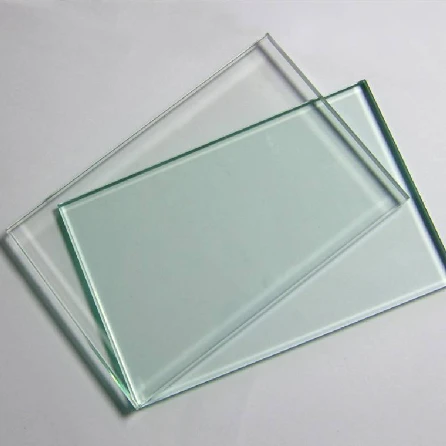

Understanding Low-E Glass Options A Comprehensive Guide
When it comes to enhancing energy efficiency in buildings, the choice of windows and glazing plays a pivotal role. One increasingly popular option is Low-E glass, which stands for low emissivity glass. This specialized glass has transformative capabilities, making it a favorite among architects, builders, and homeowners alike. In this article, we will explore what Low-E glass is, its benefits, the different types available, and why it may be the right choice for your next construction or renovation project.
What is Low-E Glass?
Low-E glass is coated with a microscopically thin layer of metallic oxide that has the ability to reflect infrared energy while allowing visible light to pass through. This technology significantly reduces the amount of heat that escapes from a building in winter and minimizes unwanted solar heat in summer. As a result, Low-E glass contributes to climate control within a space, enhancing comfort and reducing energy costs throughout the year.
Benefits of Low-E Glass
1. Energy Efficiency The most significant advantage of Low-E glass is its energy efficiency. By minimizing heat transfer, buildings equipped with Low-E glazing require less energy for heating and cooling, which translates into lower utility bills.
2. UV Protection The coating on Low-E glass also blocks a substantial amount of ultraviolet (UV) radiation. This feature helps protect interiors from fading, thereby prolonging the lifespan of furniture, flooring, and artwork.
3. Comfort Low-E glass improves indoor comfort levels by minimizing hot spots and cold drafts. Maintaining a stable indoor temperature enhances the overall living or working environment.
4. Reduced Condensation Because Low-E glass helps maintain better temperature control, it reduces condensation on windows during colder months. This can prevent mold growth and improve indoor air quality.
5. Environmental Benefits Lower energy consumption from heating and cooling leads to fewer greenhouse gas emissions, making Low-E glass a more environmentally friendly choice.
Types of Low-E Glass

Low-E glass comes in different types to suit various needs and climate conditions, primarily differentiated by their coatings
1. Passive Low-E Glass This type is designed to maximize solar heat gain, making it ideal for colder climates. It allows sunlight to warm the interior spaces while still providing a barrier against heat loss.
2. Solar Control Low-E Glass In contrast, this type is designed to minimize solar heat gain and glare from direct sunlight. It is particularly useful in warmer climates, where overheating can be a concern.
3. Dual-Function Low-E Glass Some Low-E products offer both passive and solar control functions. This versatility makes them suitable for a broader range of environments and residential needs.
4. Soft Coat vs. Hard Coat Low-E glass also comes in soft coat and hard coat varieties. Soft coat has a higher performance level due to its ability to effectively reflect infrared energy and improve insulation. However, it is more delicate and typically needs to be sealed within insulated glass units. Hard coat is more durable and can be applied directly to the glass surface, although it generally offers lower performance compared to soft coat.
Making the Right Choice
When selecting Low-E glass for your building project, consider the following factors
- Climate Evaluate the local climate to determine whether passive or solar control Low-E glass is more suitable. - Building Orientation The position of your building can influence how much sunlight it receives and can affect energy efficiency. - Aesthetics Different types of Low-E glass can have varying appearances, which can impact the overall look of your property.
Conclusion
Low-E glass presents a viable solution for those looking to enhance energy efficiency, comfort, and sustainability in their buildings. By understanding the different options available and how they align with your needs, you can make an informed choice that benefits both your wallet and the environment. Whether you are designing a new home or renovating an existing one, investing in Low-E glass is a decision that you can feel good about for years to come. As awareness of energy efficiency increases, the demand for high-performance glazing options like Low-E glass is only expected to rise, paving the way for a greener future.